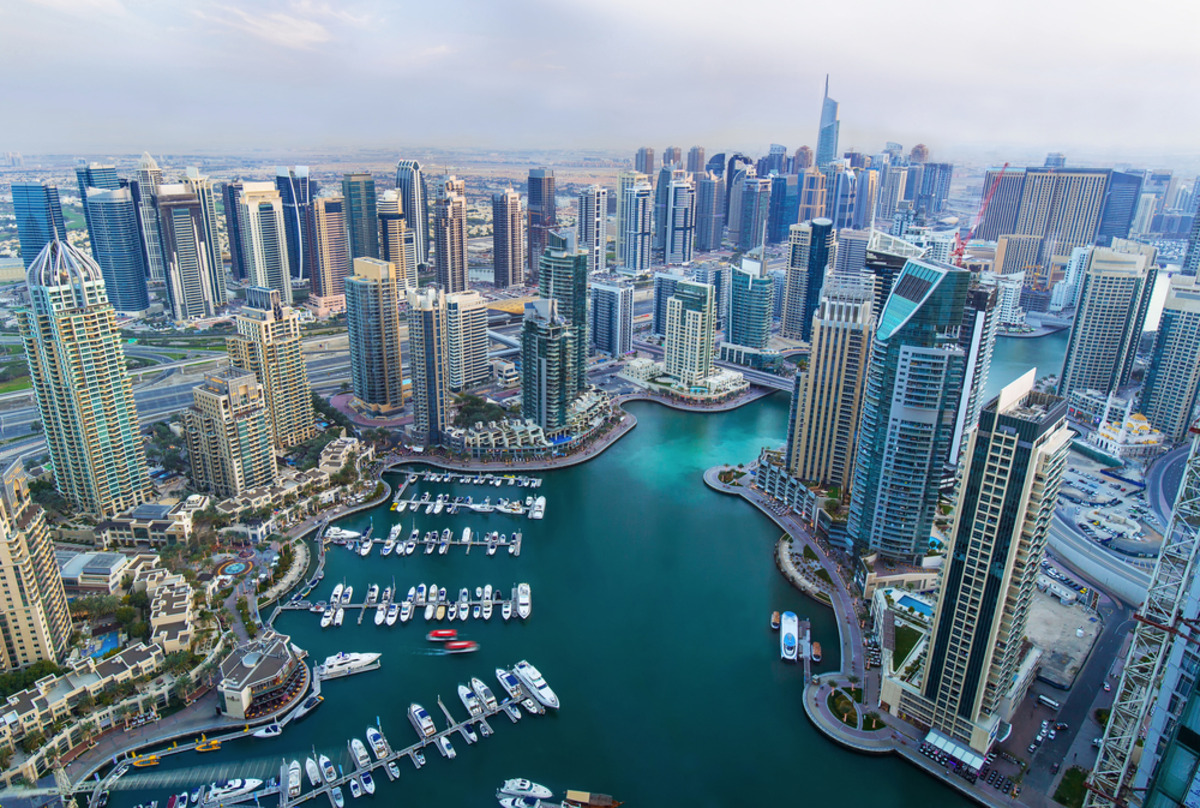The UAE’s real estate market has witnessed sustained growth in the last few years with remarkable growth in Abu Dhabi and robust demand in Dubai. The northern emirates have also witnessed increasing activity as the government launches infrastructure development and initiatives to propel growth.
In its latest Q3 2024 real estate report, Asteco said that the Abu Dhabi market is well-positioned for growth, driven by new developers entering the market and a significant pipeline of planned developments. In addition, the Dubai government’s proactive approach to enhancing the emirate’s physical, social, technological, and legal infrastructure, in addition to robust underlying fundamentals, will contribute to solid market conditions and resilience against external factors.
Abu Dhabi’s strong pipeline of developments
The UAE’s capital recorded the completion and delivery of 950 residential units in Q3 across the real estate market in areas such as Noya on Yas Island, Jubail Island, and Al Raha Beach. This period also witnessed the announcement and launch of several key residential projects, totaling approximately 2,560 units.
The strategic partnership between Aldar Properties and Mubadala Investment Company to create four joint ventures that focus on owning, managing, and developing real estate assets, will further contribute to future supply. Asteco anticipates additional project announcements throughout the remainder of 2024 with a substantial pipeline of residential and mixed-use developments currently in the planning and early development phases across Abu Dhabi.

Rents rise
In line with overall real estate growth in the UAE, the residential rental market in Abu Dhabi maintained its positive momentum during the third quarter, with landlords retaining an advantage due to strong leasing activity fuelled by localized demand. Rental rates for apartments increased across all areas, averaging 1 percent quarterly and 4 percent annually, with high-end properties experiencing growth of 2 percent to 5 percent.
The villa market also demonstrated strong performance, with Saadiyat Island, Khalifa City, and MBZ City leading the way with up to 5 percent quarterly growth. Overall, villa rents saw average increases of 2 percent quarterly and 4 percent annually, while office rents grew an estimated 3 percent and 8 percent, respectively.
Sale prices appreciate
Apartment sales prices also continued their upward trajectory, with an overall quarterly and annual increase of 4 percent and 8 percent, respectively. Several areas recorded price appreciations exceeding 10 percent over the past 12 months.
Villa sales prices also saw a 2 percent quarterly and 4 percent annual increase, with prime communities on Saadiyat Island registering over 25 percent year-on-year growth. Demand for off-plan developments also remained strong, with recently launched projects achieving record absorption rates that set new benchmarks in Abu Dhabi.
14,900 residential units to enter Dubai market
The Dubai real estate market saw a surge in new handovers in Q3 of 2024, propelling the UAE’s property growth. The apartment segment witnessed nearly a 50 percent increase in completions, with approximately 8,100 units entering the market.
Q4 of 2024 is expected to see the handover of an additional 14,900 residential units, consisting of 11,800 apartments and 3,100 villas, although some handovers may spill over into 2025. Whilst new office completions remained limited, there was a notable increase in project launches, including large-scale Grade A developments.

Apartment and villa rents continue to rise
Apartment and villa rents continued to rise, with quarterly increases of 3 percent and 2 percent respectively, partially influenced by the updated RERA rental index, which has given certain landlords the flexibility to request larger rent increases upon lease renewal.
Sales prices for apartments and villas also increased by 3 percent and 4 percent, respectively. Meanwhile, off-plan activity remained robust, driven by attractive payment plans and developer reputation.
The sustained high demand for off-plan properties has led some developers to introduce aggressive payment plans, with structures reaching as high as 80/20 or 75/25, which may present challenges for lower-income individuals and families, particularly those seeking larger apartments or villas.
Dubai sales price growth continued, particularly in the office sector. The office market experienced average quarterly and annual increases of 5 percent and 21 percent, respectively. This surge is primarily attributed to strong economic and business conditions, combined with a limited supply, particularly of Grade A and Grade B+ properties.
Read | Ras Al Khaimah real estate: 40 percent of residential units to be branded by 2029

Affordability drives demand in northern emirates
During Q3 2024, Asteco observed an increase in tenants relocating from Dubai to the UAE’s northern emirates, driven by real estate affordability and lifestyle factors. However, it is worth noting that rental rates also rose in the northern emirates, albeit remaining significantly lower than most of Dubai’s communities, with the added benefit of larger unit sizes.
The northern emirates’ sales market returned a strong performance, with sustained demand and upward price trends across various property types.
The Al Ain real estate market maintained its positive trajectory in Q3 2024, with rental rates rising across most asset classes. Strong demand in the residential sector prompted landlords to seek rent increases, typically between 2 percent and 5 percent, for tenancy renewals.
Several villa communities reported average rental increases of 2 percent compared to the previous quarter and the same period last year. Furthermore, mature apartment buildings registered rental growth of approximately 2 percent over the quarter and 1 percent year-on-year, whilst office rental rates across the city rose by 4 percent on average, quarterly and annually.








